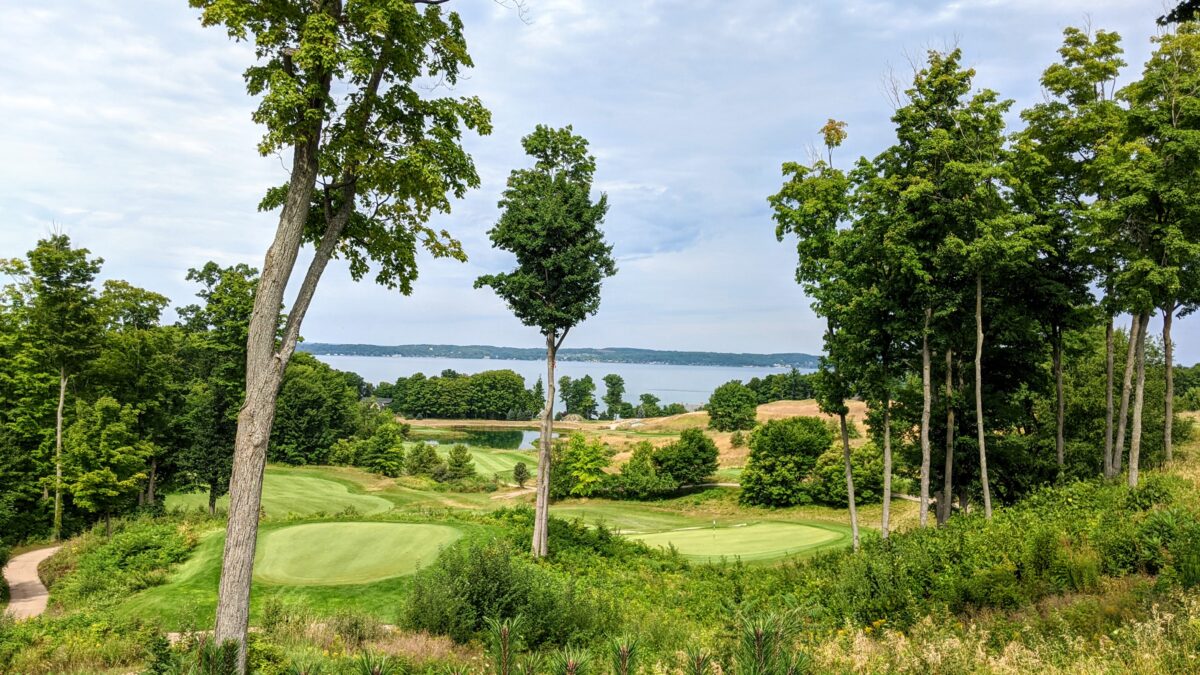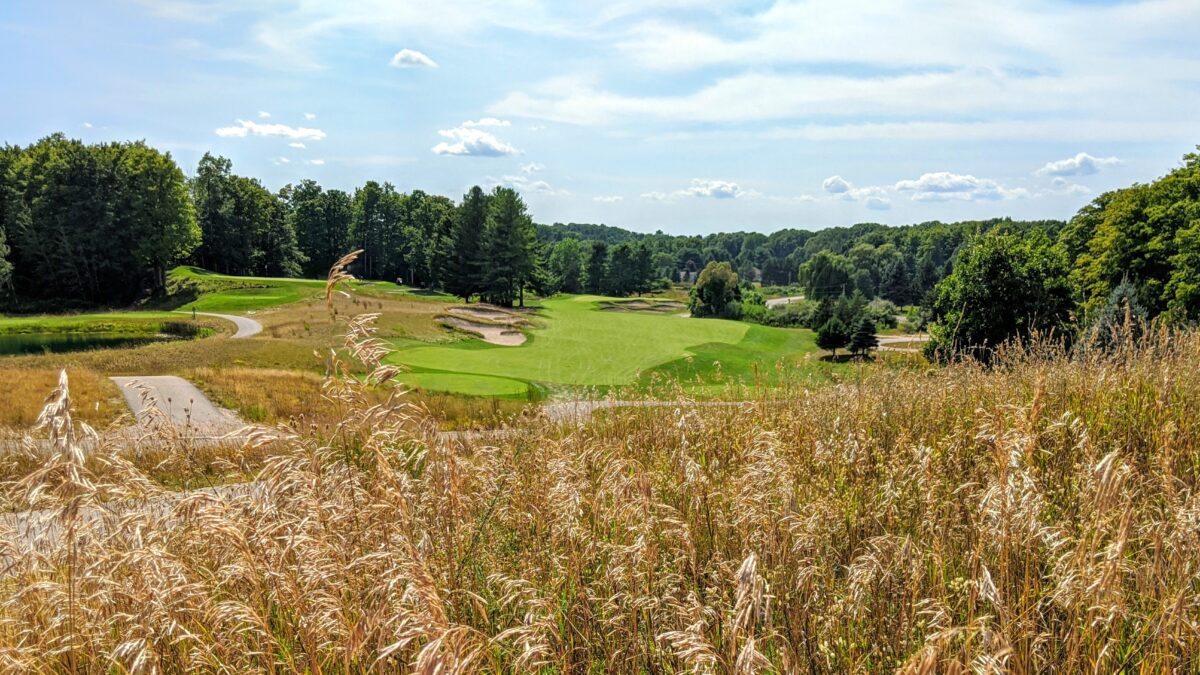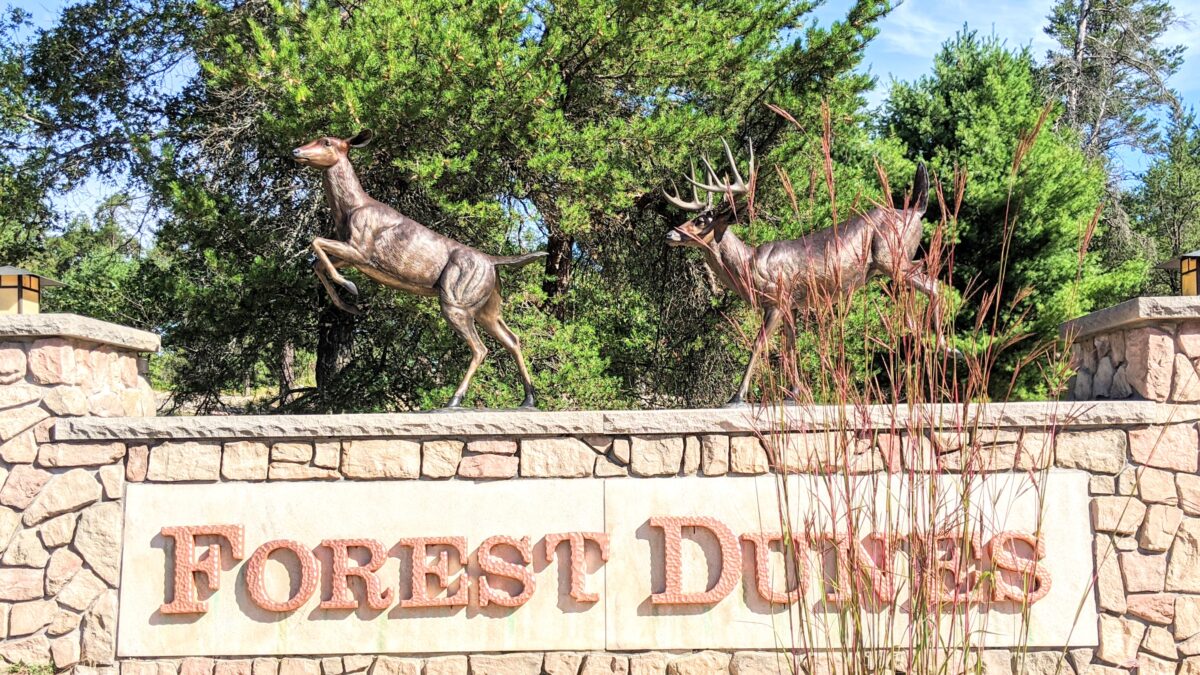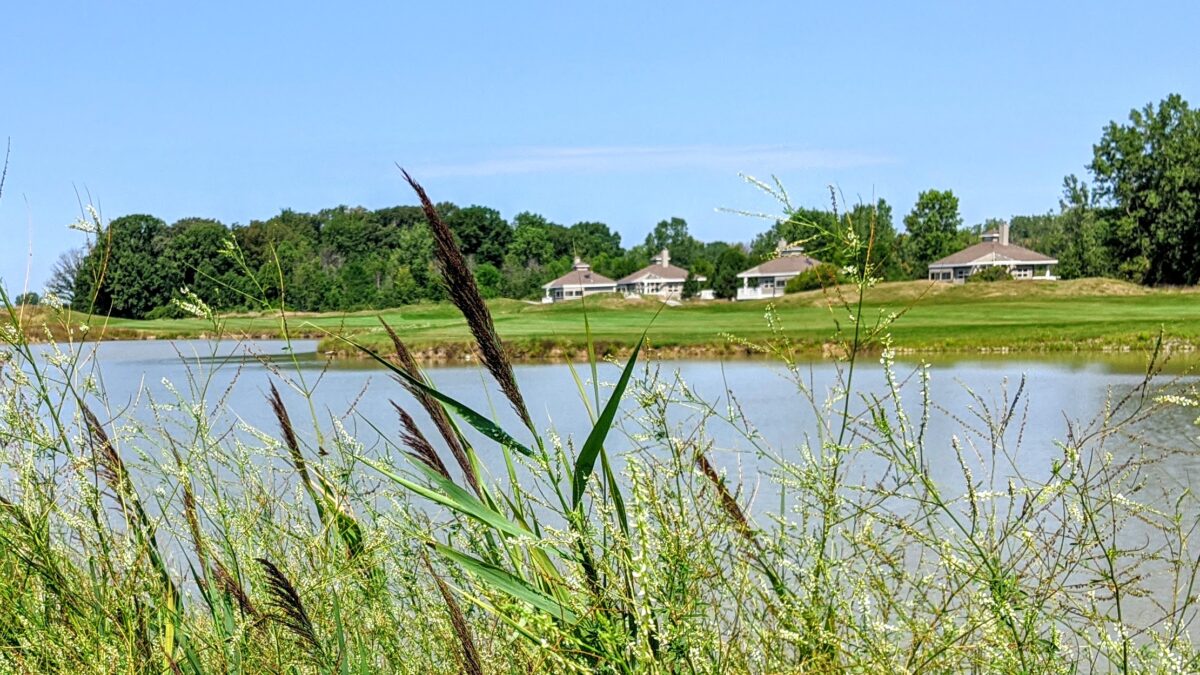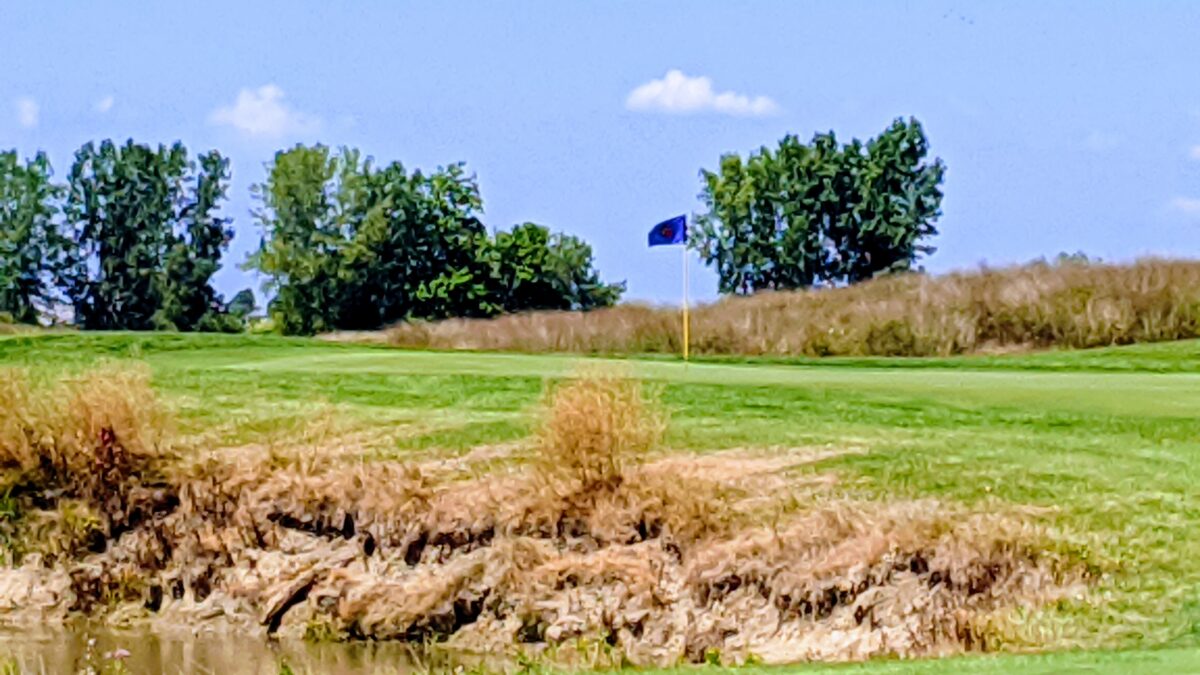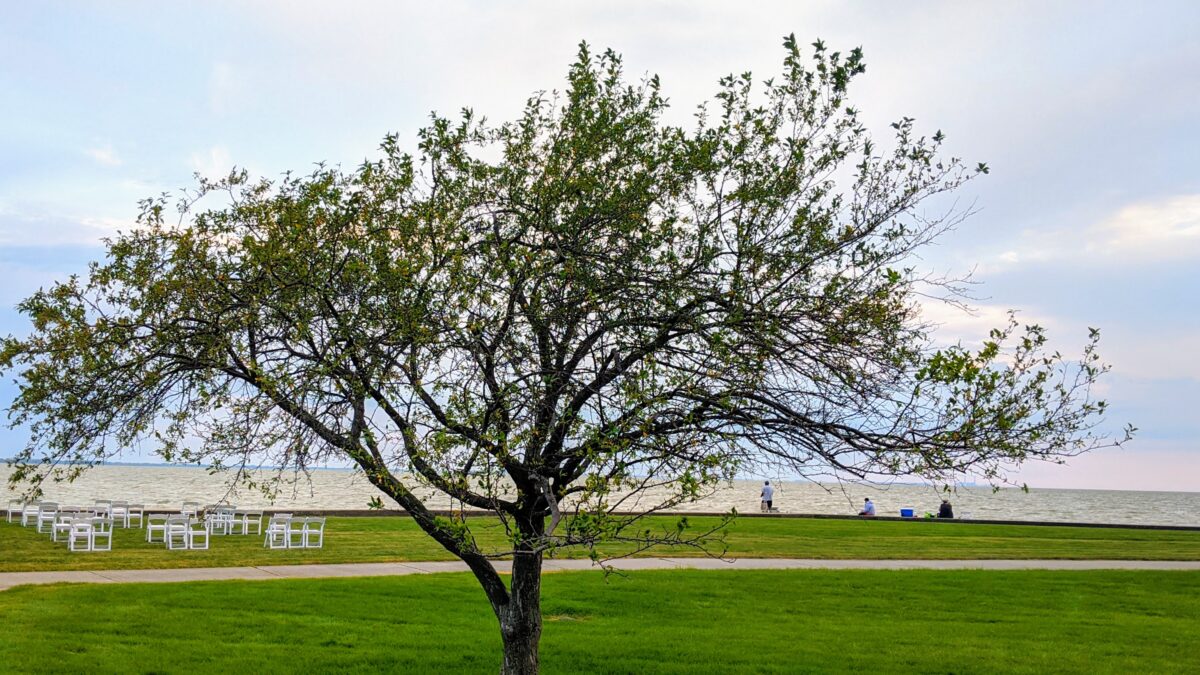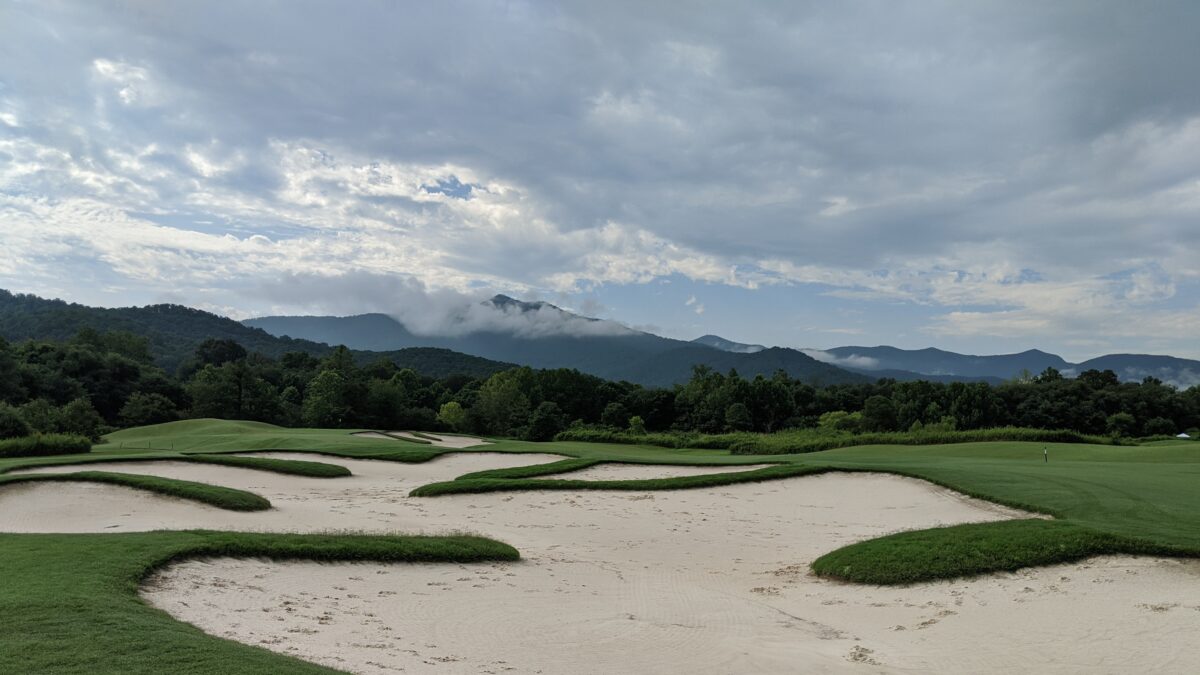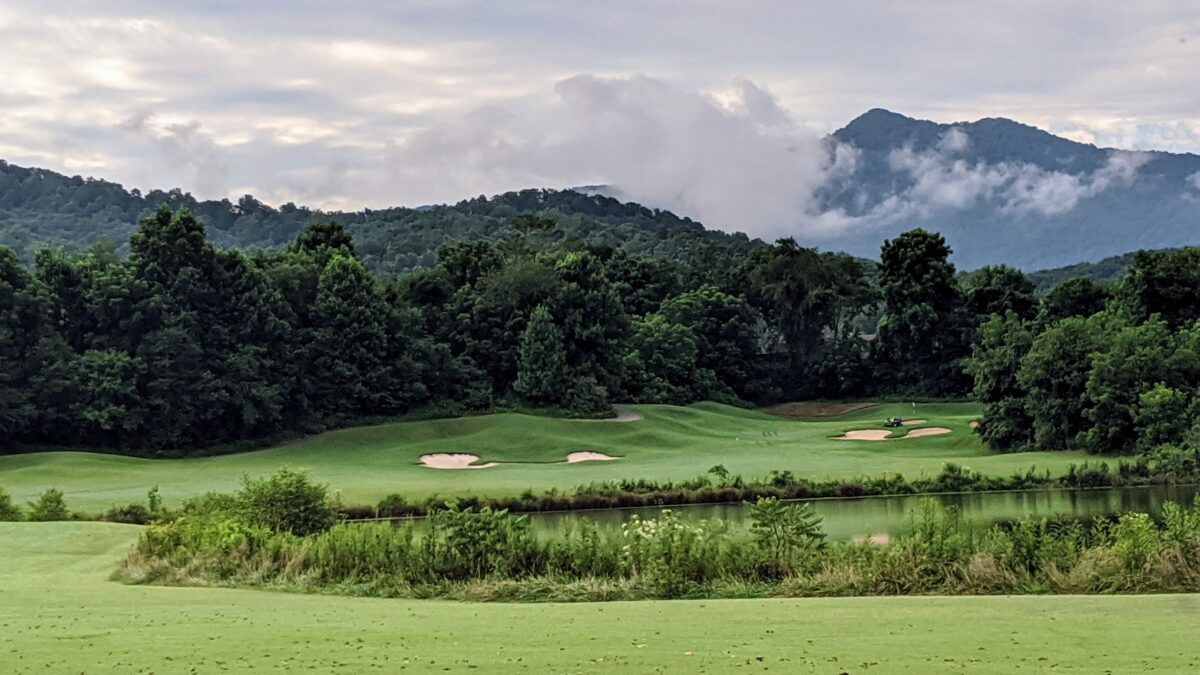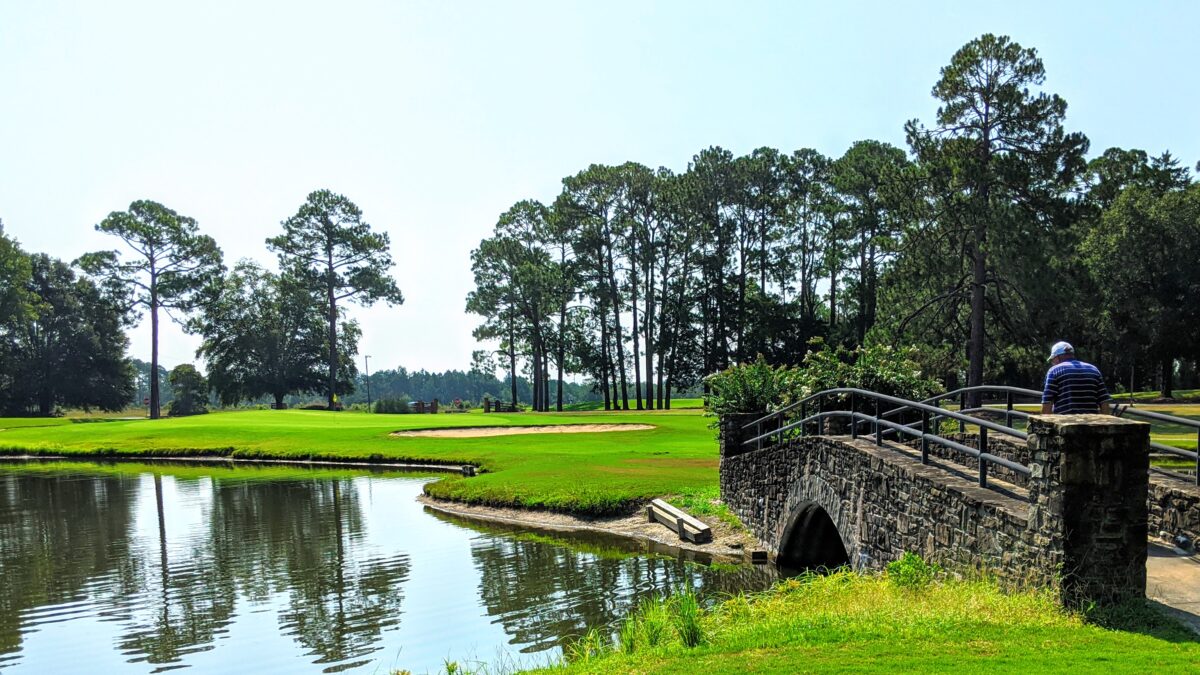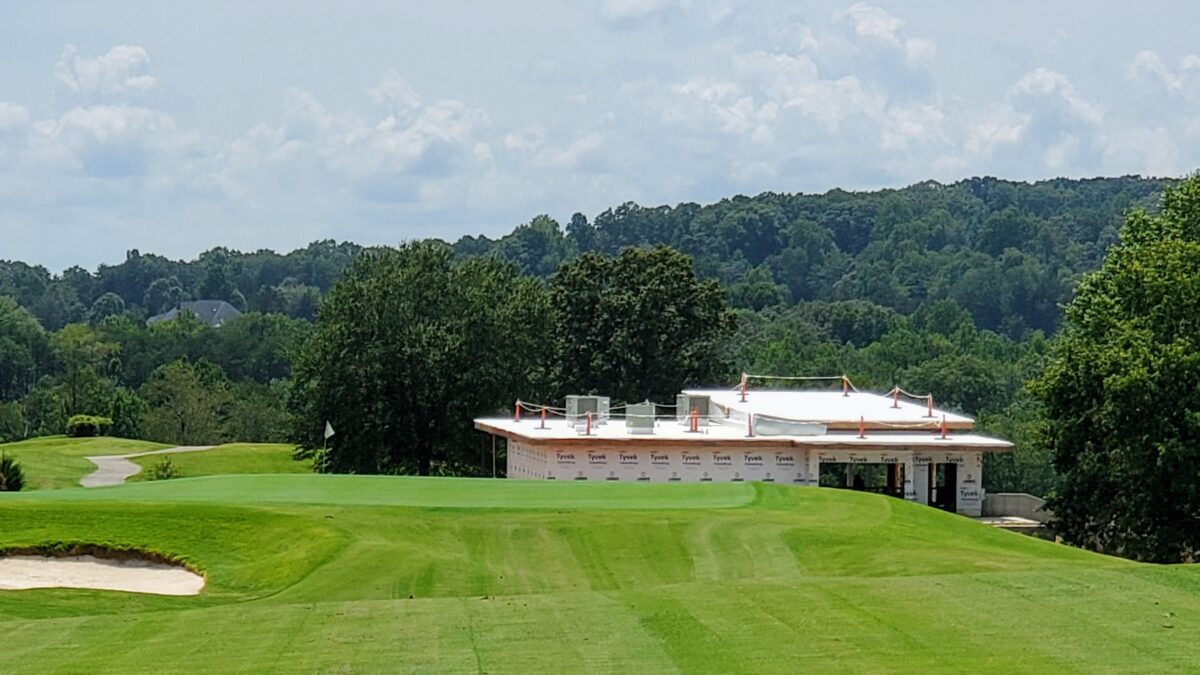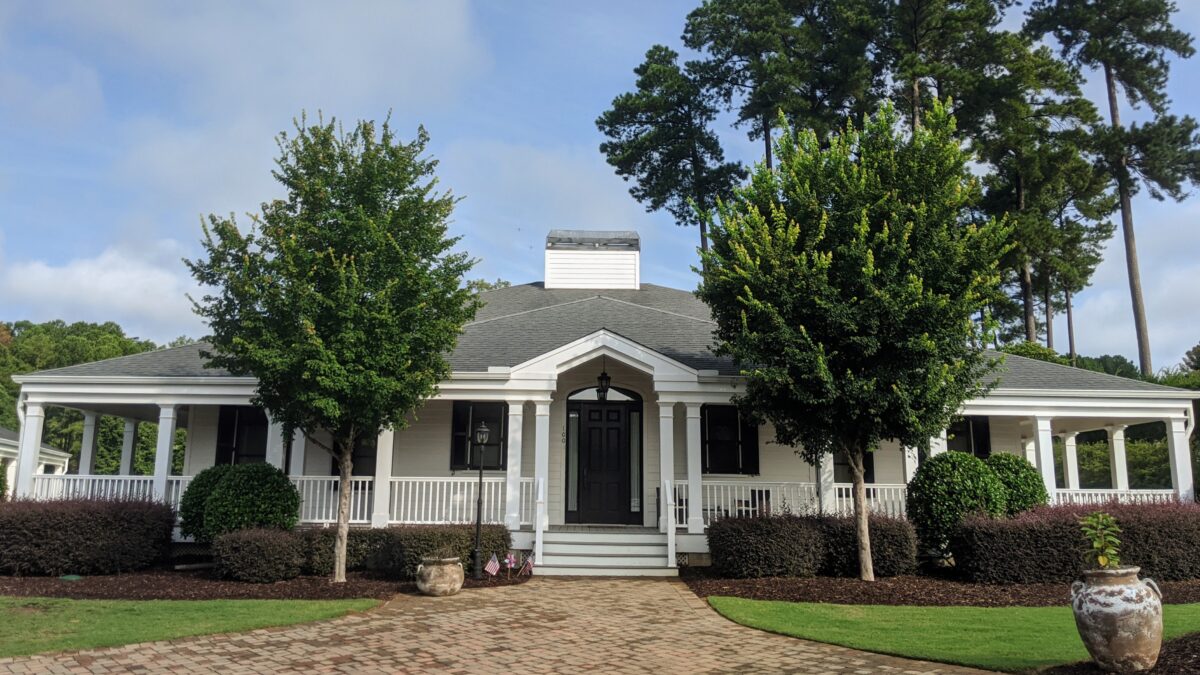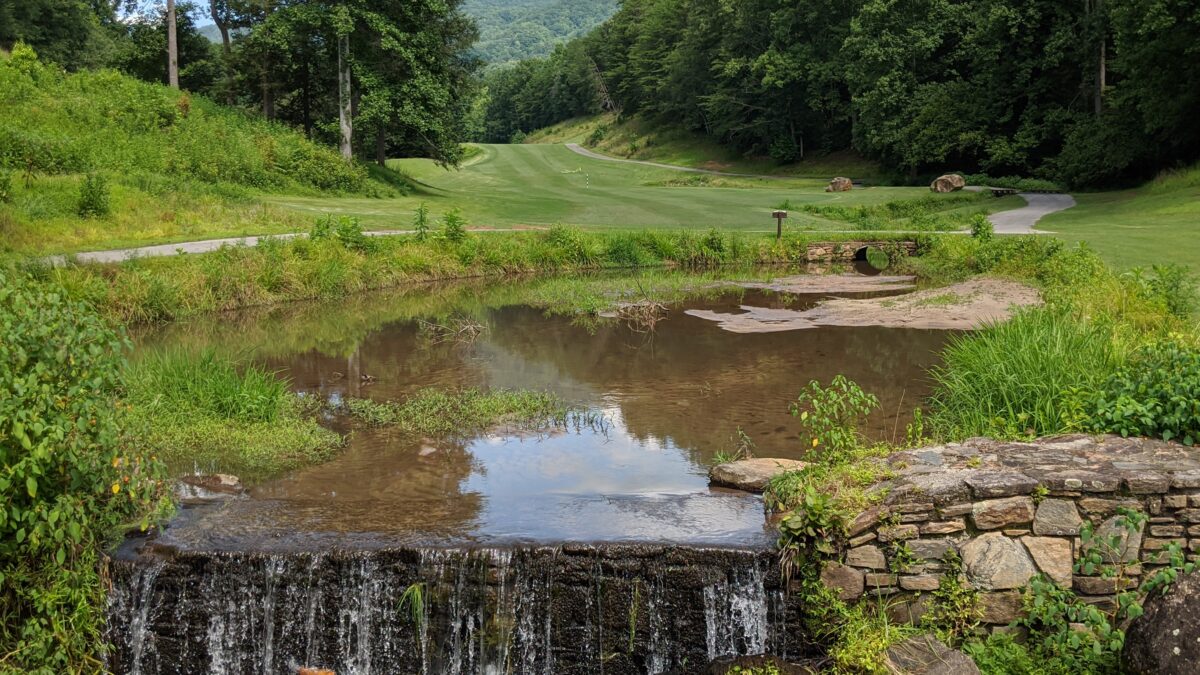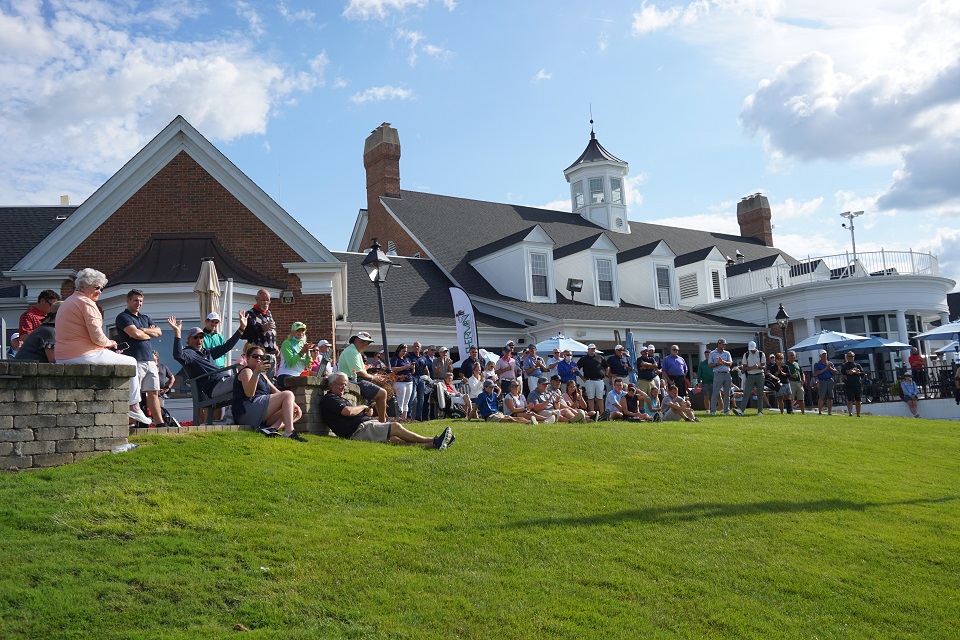Slowly but surely the pro golf tours are getting back to normal.
PGA Tour Champions, the 50-and-over circuit, will be the first major one to welcome spectators at this week’s Sanford International in South Dakota. The PGA Tour itself, which has gone 14 straight weeks without fans since ending a three-month break over pandemic concerns, isn’t taking spectators yet and they won’t be allowed at the year’s final two major championships – this month’s U.S. Open and November’s Masters – either.
The PGA, however, will hold its first pro-am since resuming tournament play at the Sept. 21-27 Corales Puntacana Resort & Club Championship in the Dominican Republic, and this week’s Korn Ferry Tour stop at Chicago Highlands, in Westchester, is also an indication that progress is being made. The Korn Ferry provides its players a direct path to the premier circuit.
Chicago Highlands will be the site of a pro-am Wednesday, minus spectators, and some very limited VIP viewing opportunities will be available for the 72-hole Evans Scholars Invitational, which tees off on Thursday. Contact Connor Claxton at the Western Golf Association (claxton@wgaesf.org) for details. No daily admission tickets will be available.
Last year’s ESI was held at The Glen Club, in Glenview, and the event was to return there in May until the pandemic halted play. The ESI was given new dates but, with The Glen not available, the $600,000 tournament was moved to Chicago Highlands.
Scottie Scheffler, who finished play in the PGA’s Tour Championship in Atlanta on Monday, won last year’s inaugural playing of the ESI at The Glen. The new dates put the Korn Ferry’s two Illinois tournaments on consecutive weeks with Australian Brett Drewitt winning the Lincoln Land Championship, also a $600,000 event, at Panther Creek, in Springfield, on Sunday.
While the Korn Ferry has its largest-ever contingent of Illinois members, the Lincoln Land event didn’t bring out the best in them. Only Northbrook’s Nick Hardy (tie for 35th) and Lake Forest’s Brad Hopfinger (tie for 42nd) played all 72 holes at Panther Creek.
Hardy, in his rookie season on the tour, is No. 17 on the circuit’s all-important point list. The top 25 after the current season ends in 2021 gain membership to the PGA Tour. Hardy doesn’t have a win but he has five top-10 finishes and made the cut in 15 of 18 tournaments. That steady play has him one spot ahead of Drewitt, last week’s winner, in the point race.
Two Northwestern alums – David Lipsky (7) and Dylan Wu (12) — are also inside the top 25 and Deerfield’s Vince India (32) and Hopfinger (36) aren’t far off.
CDGA renovates Sunshine Course
Renovation work has begun on the three-hole Sunshine Course at the Chicago District Golf Association’s Midwest Golf House complex in Lemont. The facility, which opened in 2004, offers programing for individuals with special needs, military veterans and youth.
Wadsworth Construction Co. is spearheading the project. Turf and bunker varieties as well as a variable depth practice green will be added. The course is scheduled to re-open in the summer of 2021.
Here and there
While final totals are not in, the Illinois PGA reports that Tuesday’s Birdies for Charity event at River Forest Country Club pushed the money raised in its 10-year history to over $2 million.
Roy Biancalana, of St. Charles, was a three-stroke winner over Glencoe amateur Ted Pecora and Chicago teaching pro Mike Harrigan in the Illinois Super Senior Open at Pine Meadow, in Mundelein. The CDGA Super Senior event is Thursday at Glenview Park.
The PGA Tour announced its 2020-21 schedule with the John Deere Classic, the only stop in Illinois, retaining its July 5-11 spot on the calendar, a week before the British Open. The BMW Championship, played at Medinah and Olympia Fields the last two years, goes on the road again with Caves Valley in Maryland the site for the FedEx Cup Playoff event.

